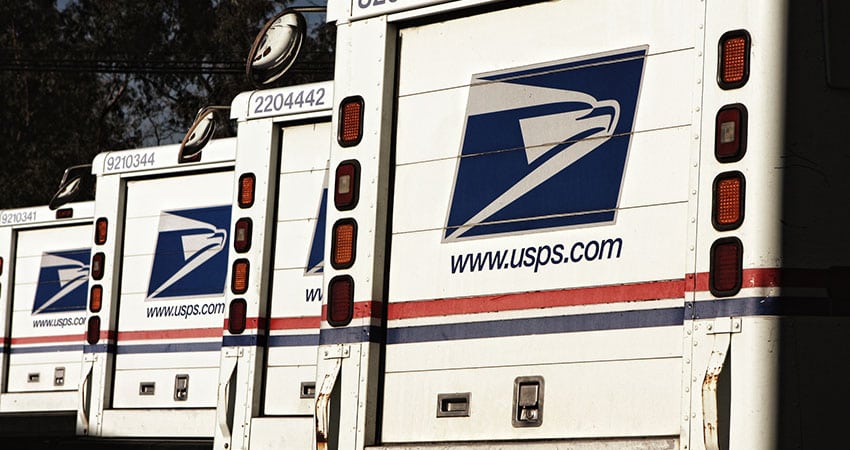If President Trump had his way and the U.S. Postal Service charged more for parcel delivery, the move would not only hurt the USPS’s parcel business but cause a ripple effect, according to a report from the Information Technology and Innovation Foundation (ITIF).
A commission appointed by Trump earlier this year is exploring ways the USPS can be run more efficiently and charge more for its services, now set by the Postal Regulatory Commission (PRC). Trump has made no secret of his animus toward Amazon and its CEO Jeff Bezos, which many observers see behind the USPS action.
The ITIF argues in its report that the USPS can charge lower rates for its competitive parcel service not because of cross-subsidies from its mail delivery but based on the economies of scale of a network that reaches every U.S. address and ZIP code six – and sometimes seven – days a week.
Earlier this month an appellate court threw out UPS’s challenge to the USPS’s rate structure, saying it adhered to the 2006 Postal Accountability and Enhancement Act (PAEA). It is in fact the PAEA that has tied USPS’s hands by making the agency responsible for pre-funding of future retiree health benefits, an albatross that bleeds off billions annually.
“By utilizing its already established mail network, USPS not only lowers the total overall costs of package delivery in the U.S., it is able to reduce its deficits on the monopoly (mail) side of the business, which has been badly hurt by the rise of the internet and ecommerce” ITIF states in its report. “Indeed, if it were not for parcel delivery, USPS deficits would be much higher.”
While critics have said the government should end USPS’s monopoly on last-mile delivery to every household and privatize the service, ITIF argues that is exactly what allows USPS to achieve economies of scale in parcel costs and prices. Also, it argues, ending the monopoly would lead to competitive inequities.
“If the USPS had no letter and mailbox monopoly, new delivery companies would simply ‘cherry pick’ the most profitable areas (densely populated, with higher per-household incomes) to serve,” ITIF states. “This would relegate the least-profitable and highest-cost areas to USPS, whose finances would become even more unsustainable absent massive public subsidies. The delivery monopoly helps USPS afford its universal service delivery obligations without having to charge higher rates for rural delivery.”
Another argument made by critics is that should USPS raise its prices, the resulting revenue gain would more than offset any decrease in package volume, adding shippers would “eat” the increased costs instead of passing them along to customers.
“But this is not only illogical but counter to what economic research has found,” ITIF said. “While sellers might absorb some of the cost increases, their ability to absorb all, or even most of them, particularly over time, is limited.”
You can read the entire report here.


Actually, it’s future retiree health benefits that the PAEA mandated USPS to prefund, not the retirement benefits — pensions — themselves.
You’re right! Thanks for point that out. Corrected.
It’s still reading “pre-funding of future retiree pensions.”
now really fixed